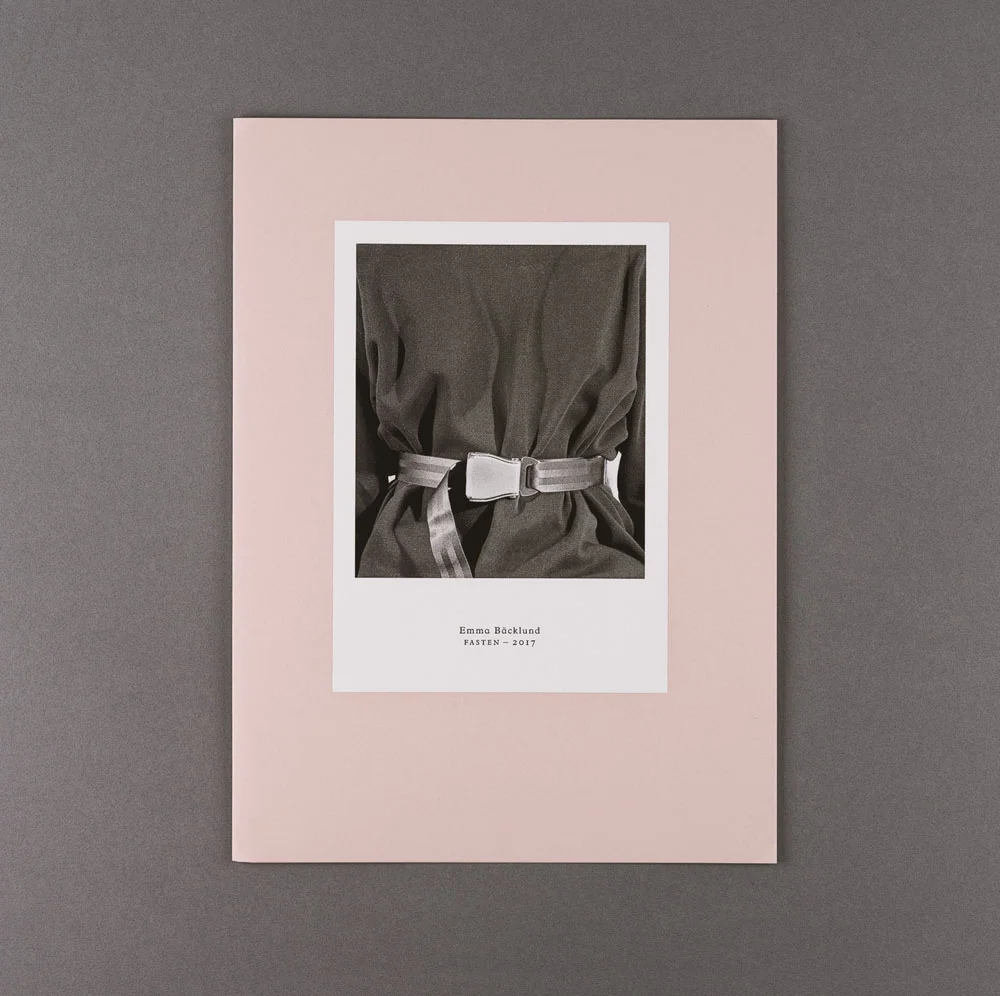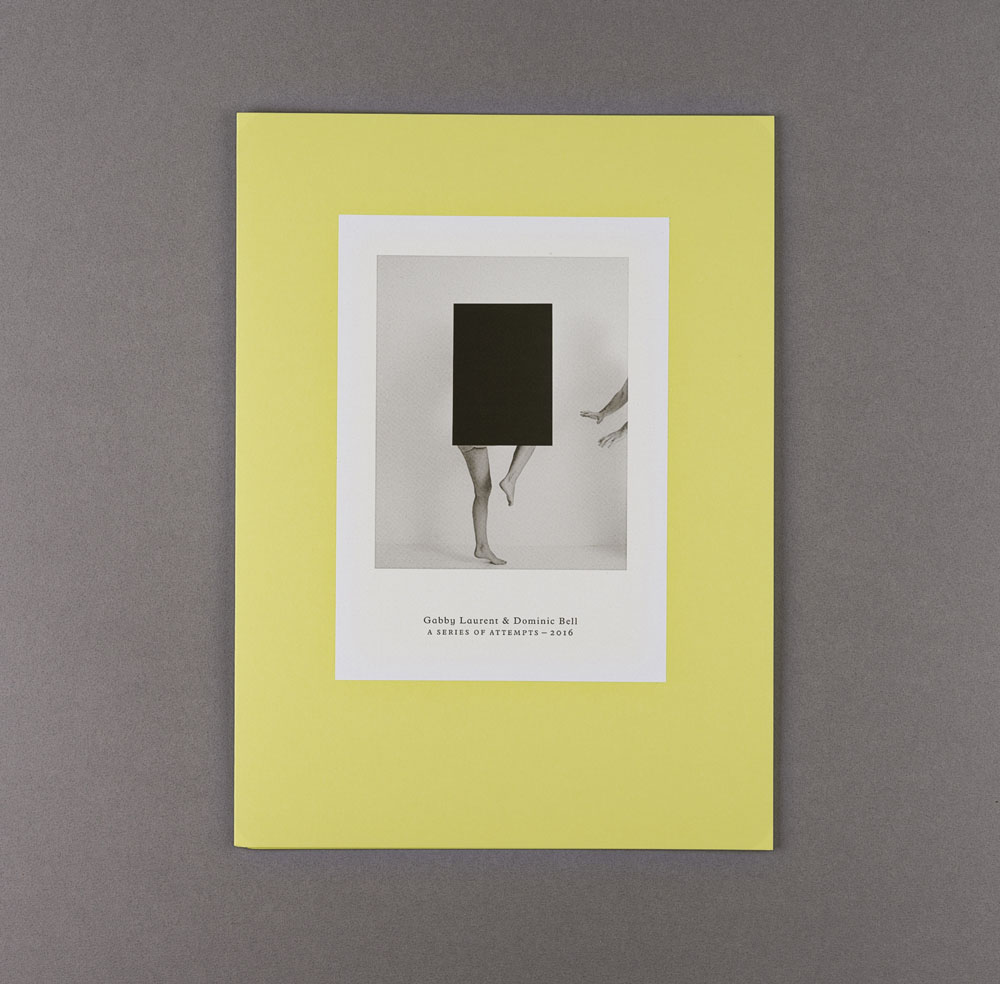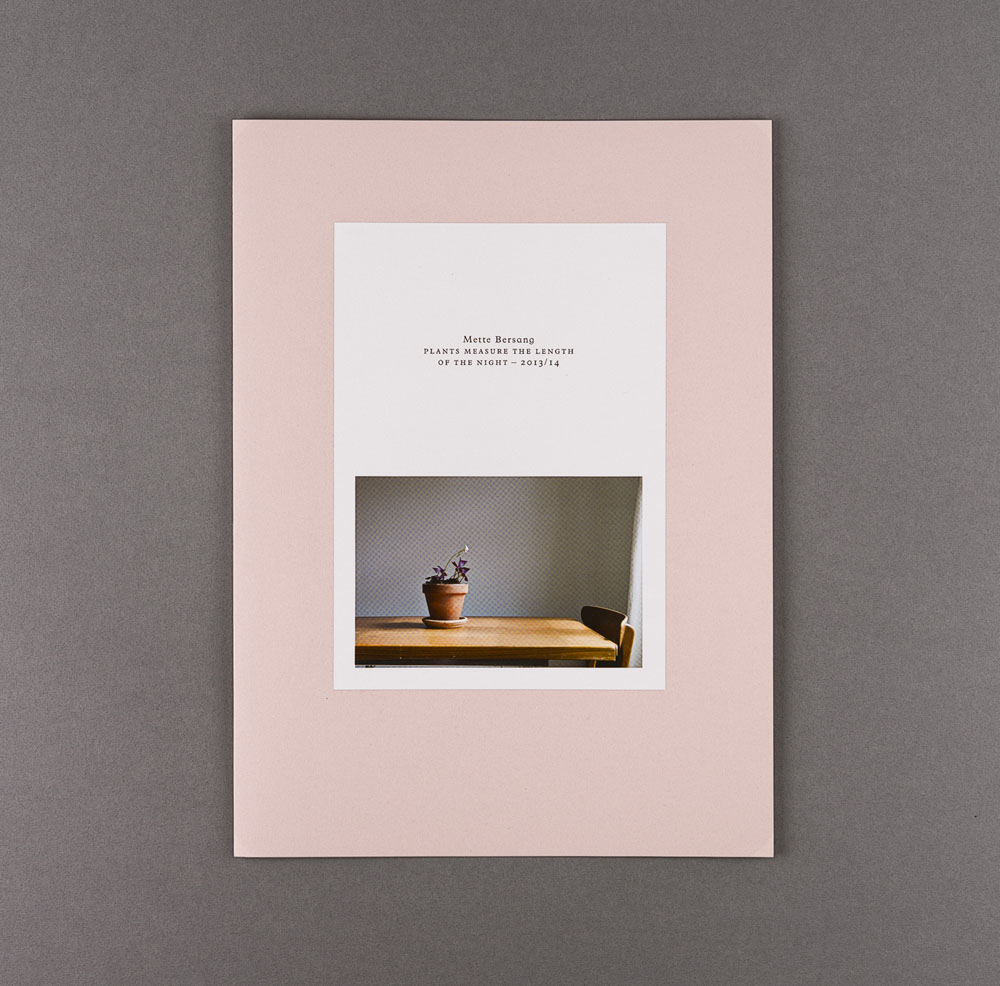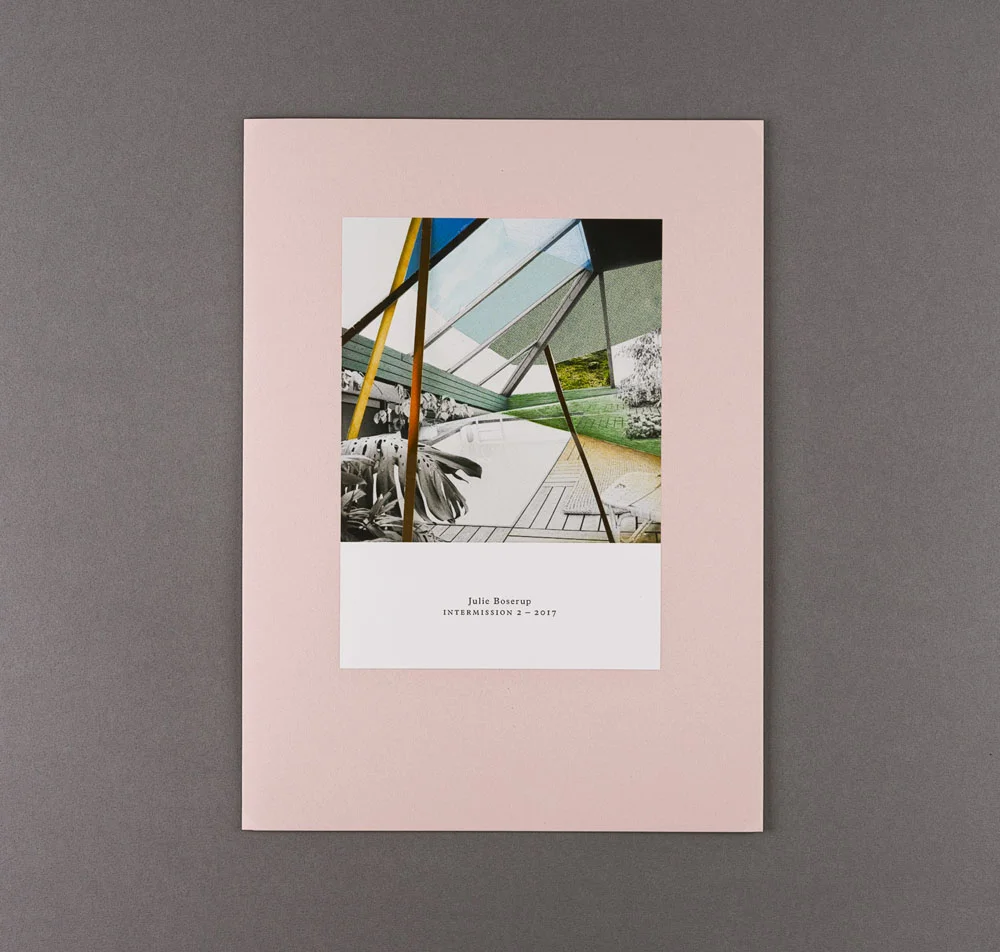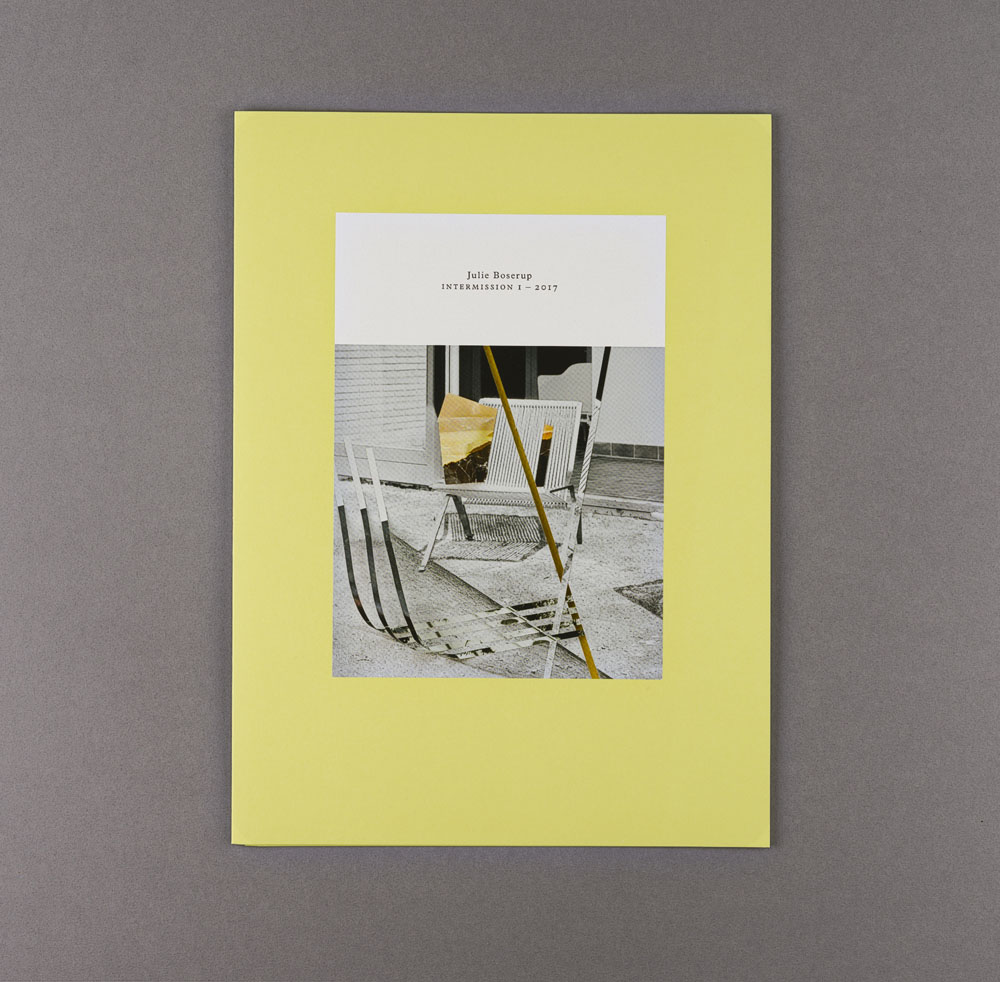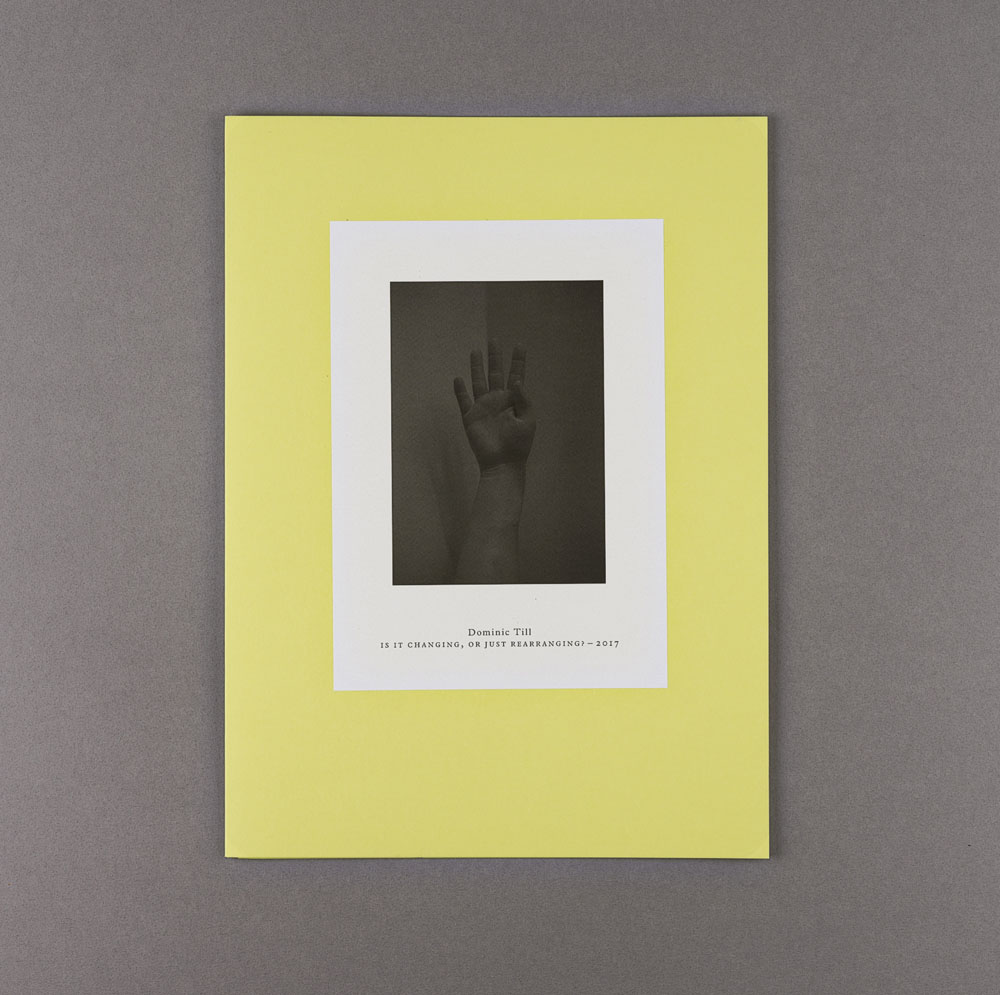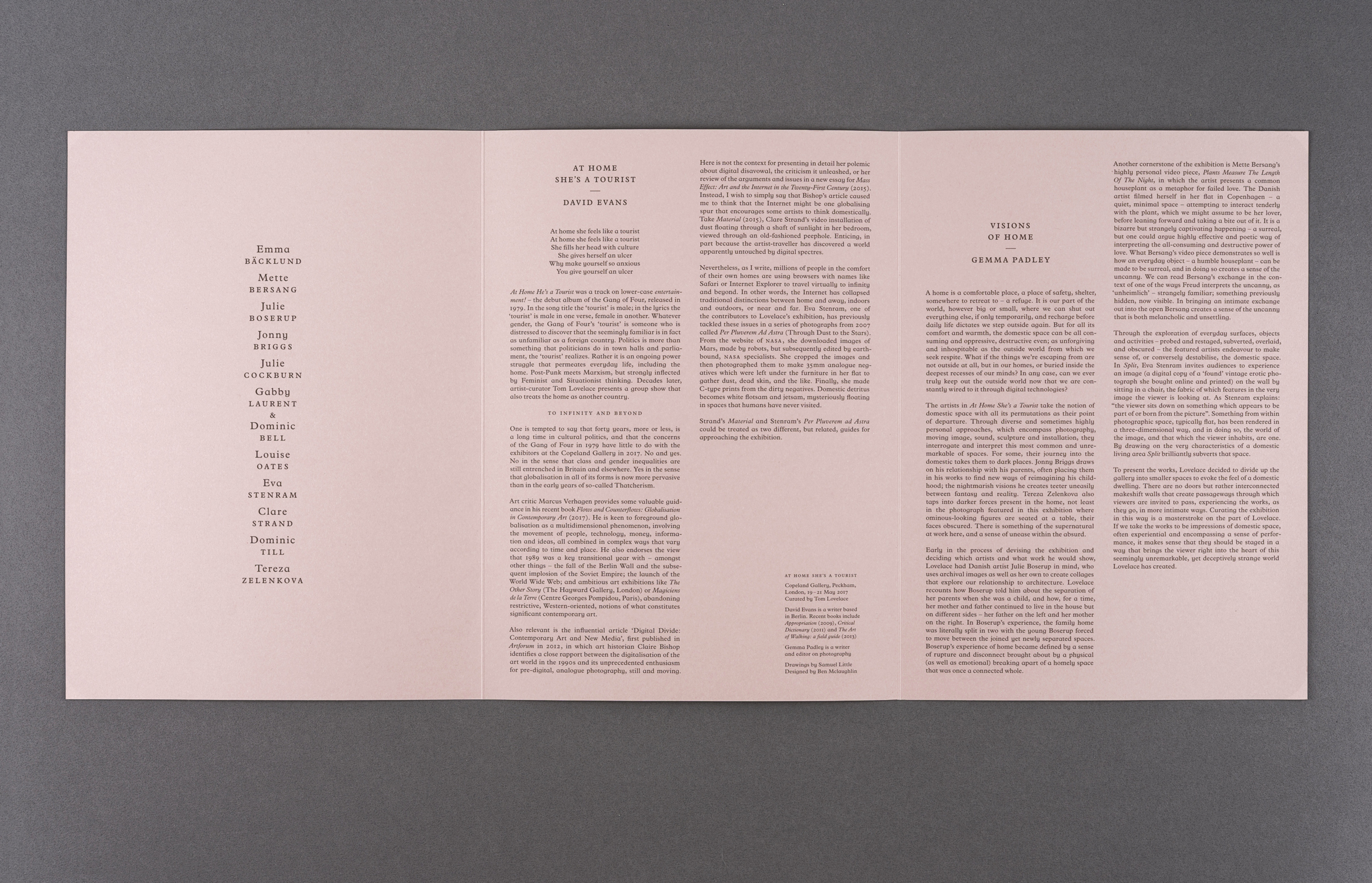AT HOME SHE'S A TOURIST
Emma Bäcklund, Mette Bersang, Julie Boserup, Jonny Briggs, Julie Cockburn, Gabby Laurent & Dominic Bell, Louise Oates, Eva Stenram, Clare Strand, Dominic Till, Tereza Zelenkova
Copeland Gallery, London. 19-21 May 2017 / Photo London & Peckham 24
Supported by Arts Council England
Curated by Tom Lovelace
At Home She’s a Tourist reimagined and reshaped the domestic space as a stage on which common apparatus, surfaces and activities were interrogated by twelve emerging and established contemporary artists from Europe. The exhibition presented an exploration of unknowing and strangeness within the realm of seemingly familiar, domestic dwellings.
Visions of Home, Gemma Padley
Extract
The artists in At Home She’s a Tourist take the notion of domestic space with all its permutations as their point of departure. Through diverse and sometimes highly personal approaches, which encompass photography, moving image, sound, sculpture and installation, they interrogate and interpret this most common and unremarkable of spaces. For some, their journey into the domestic takes them to dark places. Jonny Briggs draws on his relationship with his parents, often placing them in his works to find new ways of reimagining his childhood; the nightmarish visions he creates teeter uneasily between fantasy and reality. Tereza Zelenkova also taps into darker forces present in the home, not least in the photograph featured in this exhibition where ominous-looking figures are seated at a table, their faces obscured. There is something of the supernatural at work here, and a sense of unease within the absurd.
Early in the process of devising the exhibition and deciding which artists and what work he would show, Lovelace had Danish artist Julie Boserup in mind, who uses archival images as well as her own to create collages that explore our relationship to architecture. Lovelace recounts how Boserup told him about the separation of her parents when she was a child, and how, for a time, her mother and father continued to live in the house but on different sides – her father on the left and her mother on the right. In Boserup’s experience, the family home was literally split in two with the young Boserup forced to move between the joined yet newly separated spaces. Boserup’s experience of home became defined by a sense of rupture and disconnect brought about by a physical (as well as emotional) breaking apart of a homely space that was once a connected whole.
Another cornerstone of the exhibition is Mette Bersang’s highly personal video piece, Plants Measure The Length Of The Night, in which the artist presents a common houseplant as a metaphor for failed love. The Danish artist filmed herself in her flat in Copenhagen – a quiet, minimal space – attempting to interact tenderly with the plant, which we might assume to be her lover, before leaning forward and taking a bite out of it. It is a bizarre but strangely captivating happening – a surreal, but one could argue highly effective and poetic way of interpreting the all-consuming and destructive power of love. What Bersang’s video piece demonstrates so well is how an everyday object – a humble houseplant – can be made to be surreal, and in doing so creates a sense of the uncanny. We can read Bersang’s exchange in the context of one of the ways Freud interprets the uncanny, as ‘unheimlich’ – strangely familiar; something previously hidden, now visible. In bringing an intimate exchange out into the open Bersang creates a sense of the uncanny that is both melancholic and unsettling.
Through the exploration of everyday surfaces, objects and activities – probed and restaged, subverted, overlaid, and obscured – the featured artists endeavour to make sense of, or conversely destabilise, the domestic space. In Split, Eva Stenram invites audiences to experience an image (a digital copy of a ‘found’ vintage erotic photograph she bought online and printed) on the wall by sitting in a chair, the fabric of which features in the very image the viewer is looking at. As Stenram explains: “the viewer sits down on something which appears to be part of or born from the picture”. Something from within photographic space, typically flat, has been rendered in a three-dimensional way, and in doing so, the world of the image, and that which the viewer inhabits, are one. By drawing on the very characteristics of a domestic living area Split brilliantly subverts that space.
At Home She's a Tourist, David Evans
Extract
At Home He’s a Tourist was a track on lower-case entertainment! - the debut album of the Gang of Four, released in 1979. In the song title the ‘tourist’ is male; in the lyrics the ‘tourist’ is male in one verse, female in another. Whatever gender, the Gang of Four’s ‘tourist’ is someone who is distressed to discover that the seemingly familiar is in fact as unfamiliar as a foreign country. Politics is more than something that politicians do in town halls and parliament, the ‘tourist’ realizes. Rather it is an ongoing power struggle that permeates everyday life, including the home. Post-Punk meets Marxism, but strongly inflected by Feminist and Situationist thinking. Decades later, artist-curator Tom Lovelace presents a group show that also treats the home as another country.
To Infinity and Beyond
One is tempted to say that forty years, more or less, is a long time in cultural politics, and that the concerns of the Gang of Four in 1979 have little to do with the exhibitors at the Copeland Gallery in 2017. No and yes. No in the sense that class and gender inequalities are still entrenched in Britain and elsewhere. Yes in the sense that globalisation in all of its forms is now more pervasive than in the early years of so-called Thatcherism.
Art critic Marcus Verhagen provides some valuable guidance in his recent book Flows and Counterflows: Globalisation in Contemporary Art (2017). He is keen to foreground globalisation as a multidimensional phenomenon, involving the movement of people, technology, money, information and ideas, all combined in complex ways that vary according to time and place. He also endorses the view that 1989 was a key transitional year with - amongst other things – the fall of the Berlin Wall and the subsequent implosion of the Soviet Empire; the launch of the World Wide Web; and ambitious art exhibitions like The Other Story (The Hayward Gallery, London) or Magiciens de la Terre (Centre Georges Pompidou, Paris), abandoning restrictive, Western-oriented, notions of what constitutes significant contemporary art.
At Home She's a Tourist
Essay Catalogues. Multiple print covers
Texts by David Evans & Gemma Padley. Designed by Ben Mclaughlin
Edition of 350. 90 Remaining
£6 each, plus p&p. £15 for set of three, plus p&p. Contact tomlovelacestudio@gmail.com to place an order


